Lupine (pronounced LOO-pen) is a common and beautiful sight across the state of Alaska. While it looks like a wildflower, it is actually a legume from the pea family (but we appreciate its vibrant color none-the-less!).
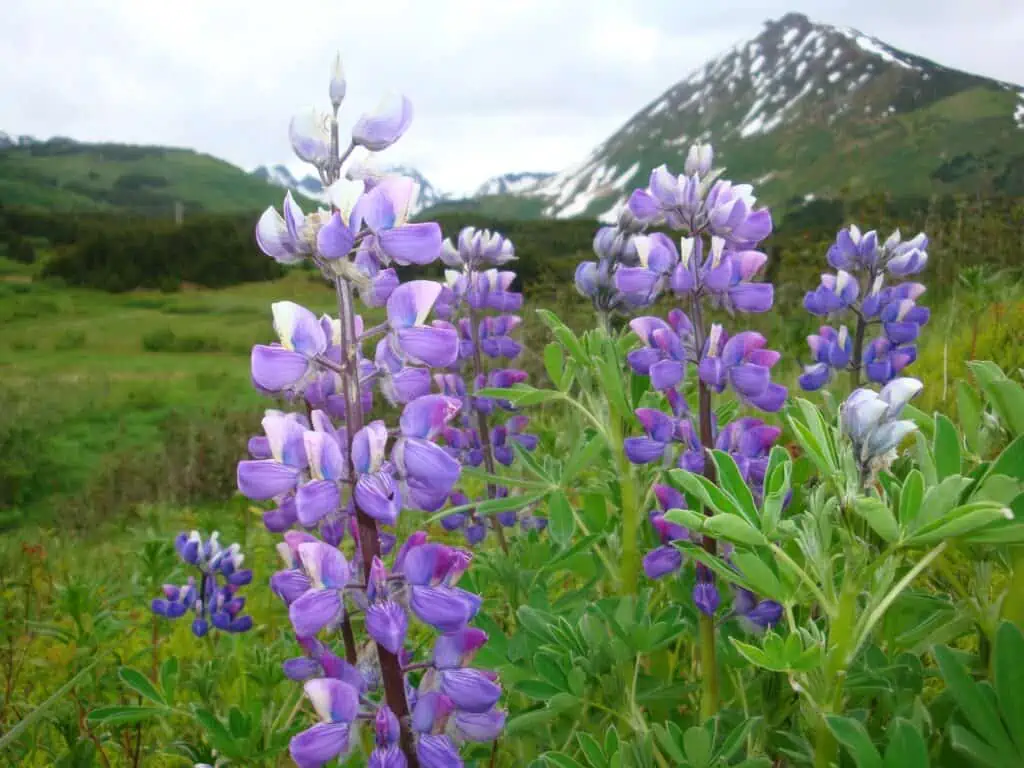
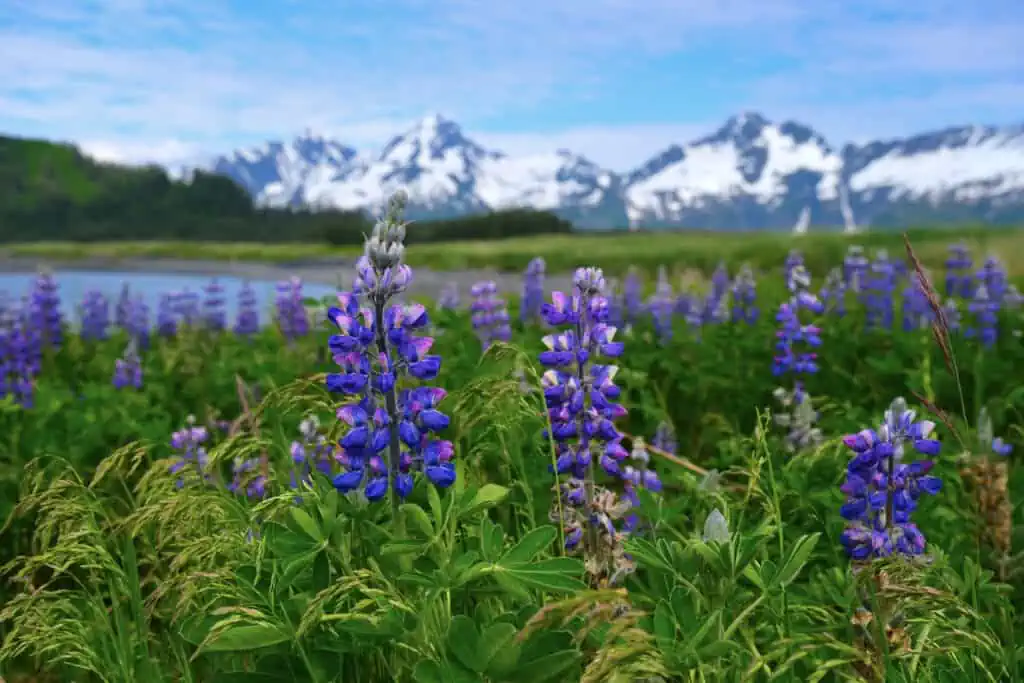
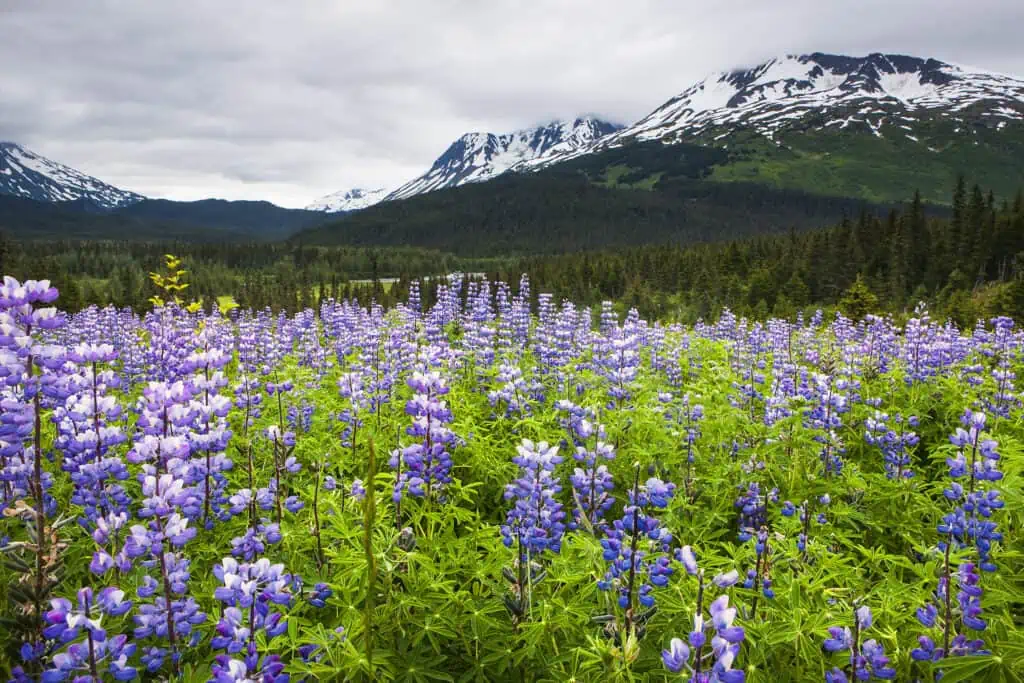
In the Lower 48, it is commonly known as bluebonnet (and also goes by other regional names). Members of this plant family grow in tall spikes (often 1-3 feet tall in Alaska depending on the time of year and specific variety) and all produce purple to blue flowers near the top of the plant. Some varieties are toxic, while others are edible and medicinal.
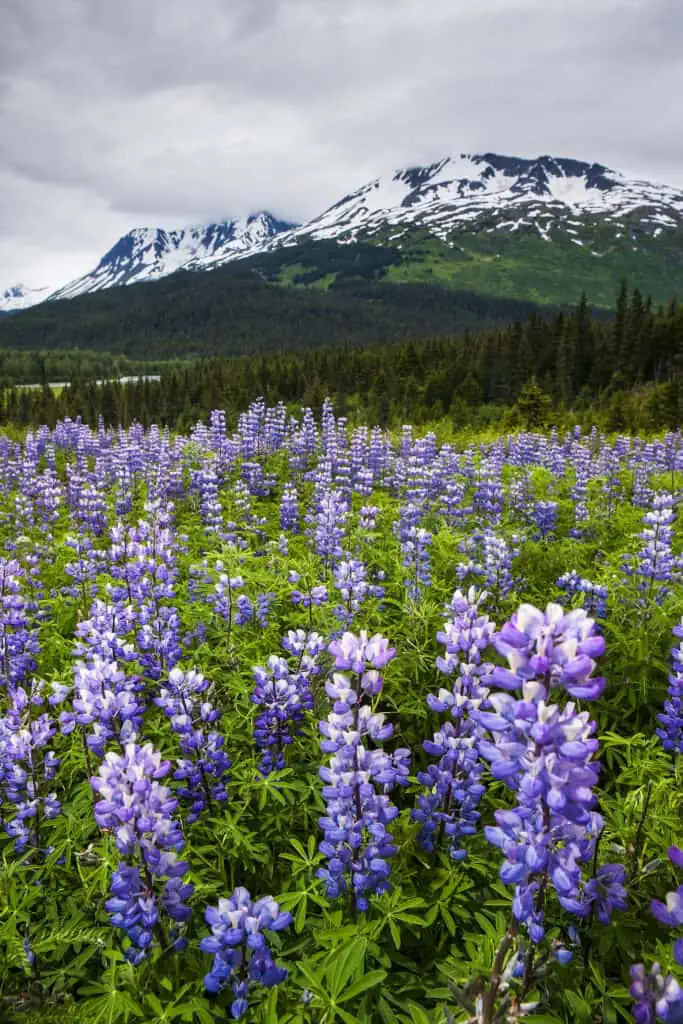

The wild variety in Alaska is often the Nootka Lupine, which we see growing in areas with abundant sunlight including open fields, along roadsides and gravel bars, and other areas that may be considered “nutrient-poor.” According to our friends at alaska.org, “What helps lupines survive in marginal habitat is their harboring of nitrogen fixing bacteria in nodules on their roots. These bacteria can pull nitrogen out of the air and incorporate it into organic compounds that enrich the soil and nurture the lupines.” The flowers also serve as an excellent source of nectar for bees, butterflies and other important pollinators.
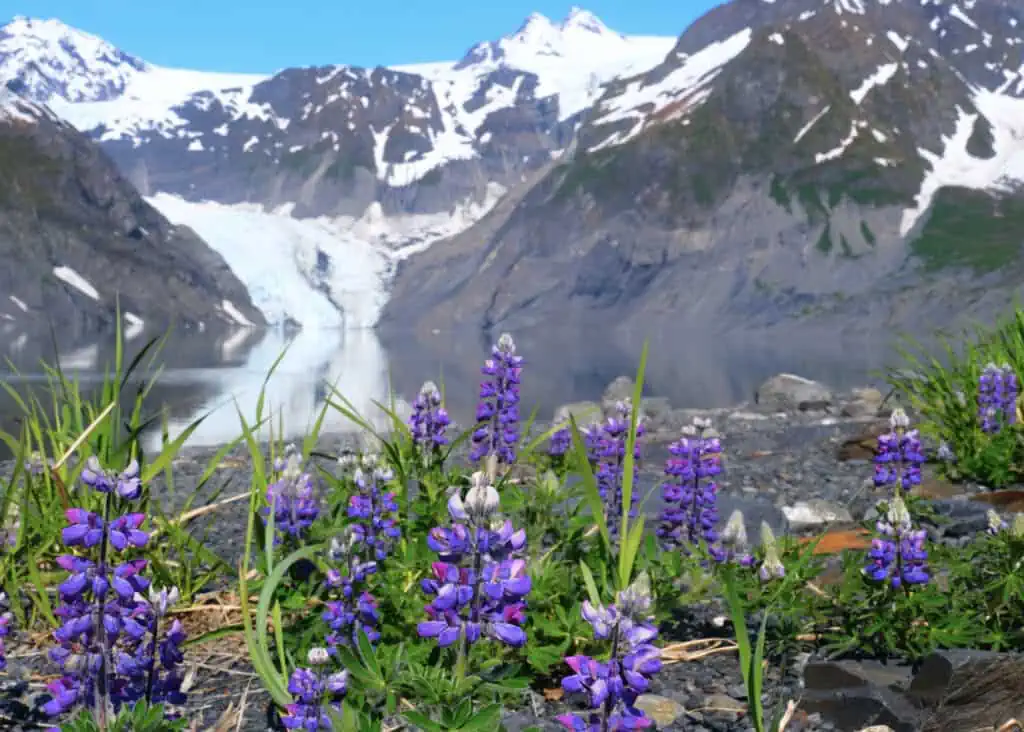
These flowers are easily spotted in the early summer months along Turnagain Arm and on the Kenai Peninsula, which are both areas we travel to! Contact our experienced Reservations team to find out more about our amazing adventures.
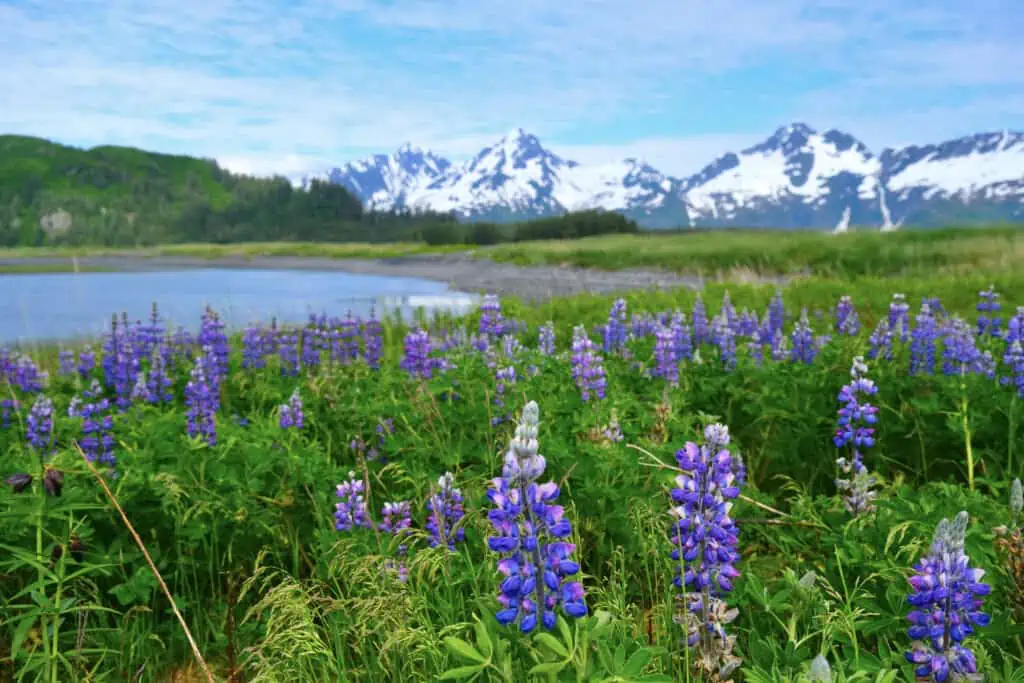
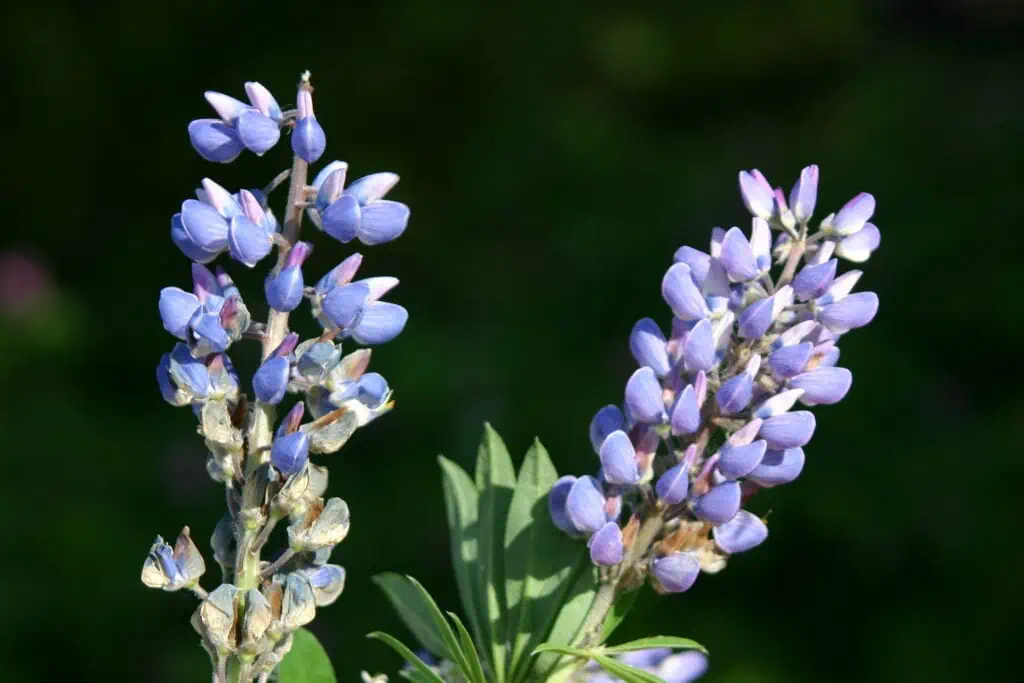
More information about this plant can be found online at alaska.org and from this information sheet from the USDA: https://plants.usda.gov/DocumentLibrary/plantguide/pdf/pg_luno.pdf.